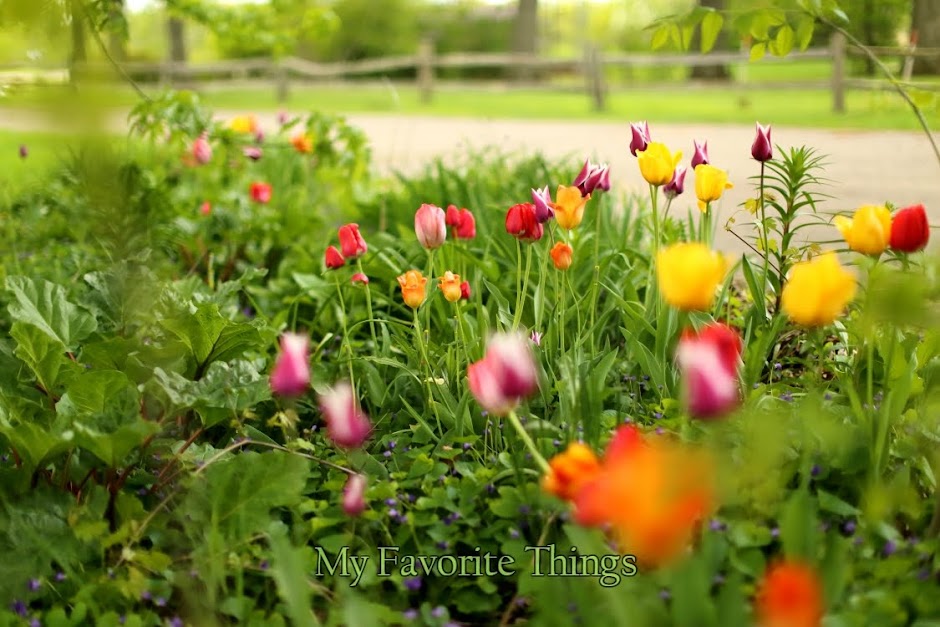
I garden in zone 4 (you can find out more information about the U.S. Dept. of Agriculture's zones and what zone you're in at this website: http://www.garden.org/zipzone/). Since this is the only gardening zone I know the most about, there are certain things that I can expect to occur at this time of the year in the garden. I have an idea of what occurs outside of my zone but I don't have a definite knowledge as to what's going on. Well, I didn't know that plums were ripening in zone 8 at this time of the year. I thought that with the early spring and summers that occur in zone 8, plum season would have already been over.
Through my family (my mom's neighbor's have a tree that's laden with fruit), I acquired some cherry plums. I don't know the variety, but I do know that the fruit has a light magenta skin with a peachy colored meat and are quite sweet. I got a big bowl worth of fruit and I really wanted to preserve as much of the fruit for the upcoming months. So, I decided to try making plum jam.
Due to so much of my stuff being in storage (or in storage like conditions), I couldn't find my pectin. I thus searched on the internet, did some reading, and decided that I could go ahead with making plum jam without pectin because the fruit already contains a moderate amount of pectin. I also added a lot of lemon juice too, just in case. I came up with the recipe below to make my plum jam. I think the internet recipe I found used one tablespoon of lemon juice for every two cup of plums, but as I was cooking, I found that my jam was too runny, so I added more lemon juice instead of more sugar.
PLUM JAM RECIPE
Yield: 5 half pint jars.
PLUM JAM RECIPE
Yield: 5 half pint jars.
4 Cups of plums (pitted, quartered, but not peeled)
2 Cups of sugar
4 Tblsp of lemon juice
1. Put plums, sugar and lemon juice into a pan. Cook on medium heat until the plum mixture comes to a rolling boil. Remember to constantly stir the mixture.

2. Test jam for the proper consistency (I like my jam somewhat firm and not runny). Once it's to your liking, then can and hot water bath the jam. You can go to this website to learn more about canning (http://pubs.ext.vt.edu/348/348-594/348-594.html).


2. Test jam for the proper consistency (I like my jam somewhat firm and not runny). Once it's to your liking, then can and hot water bath the jam. You can go to this website to learn more about canning (http://pubs.ext.vt.edu/348/348-594/348-594.html).

Now, I cooked my plum mixture for a longer time. Various recipe authors stated that they cooked their jam for only thirty minutes or so, but in testing my jam, I found that at thirty minutes, it was too runny. I used a cold white plate to test my jam (e.g. put a white plate in the freezer for at least ten minutes, take the cold plate out of freezer, throw a little hot jam onto the plate, and see if the jam becomes firm or wrinkles if pushed on the plate). I cooked the jam probably for a total of fifty minutes, which is too long in my opinion, but I hate runny jam. I just think these plums were very juicy and I just didn't want too much sugar in my jam.

Anyhow, the end result is beautiful and tastes wonderful. I just hope I didn't overcook my jam so that it's too firm for spreading on my toast.

Anyhow, the end result is beautiful and tastes wonderful. I just hope I didn't overcook my jam so that it's too firm for spreading on my toast.

No comments:
Post a Comment